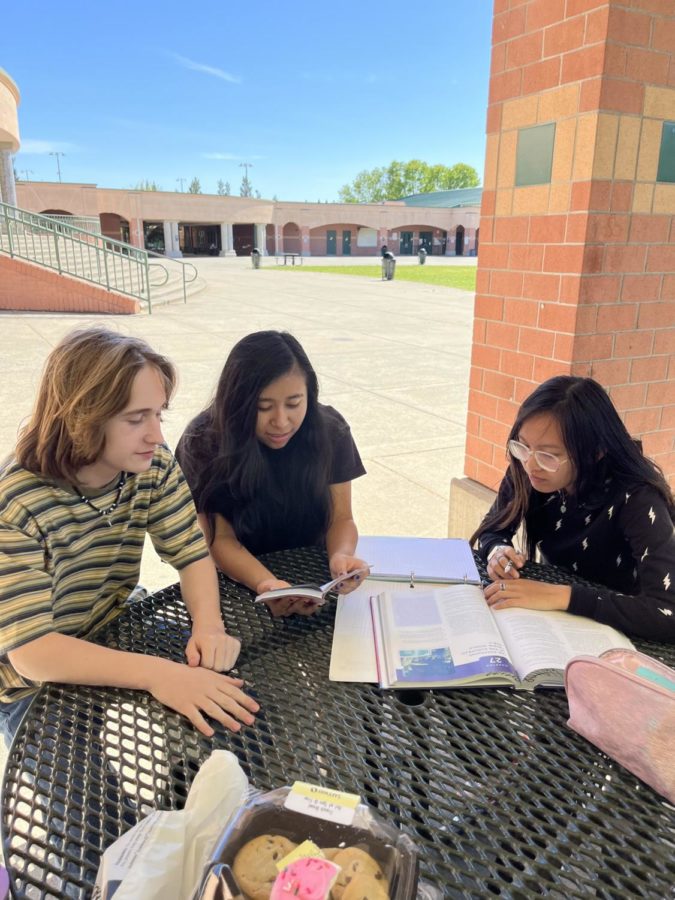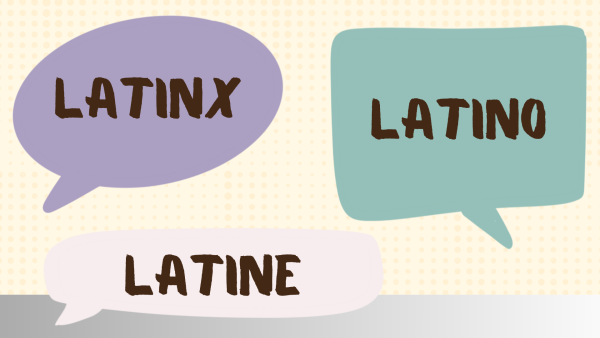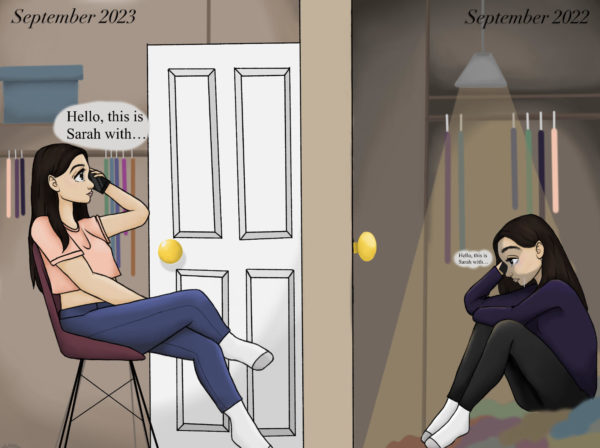Opinion: What type of tutoring is most effective?
One day, an important exam appears in your Google Classroom, which could either make or break your day. You go online to see if there are any good tutoring options in your area and find results of private tutors and tutoring centers, like Mathnasium or Kumon. When scrolling through the Granite Bay High School Instagram account (@granitebayhigh), posts about “spring study sessions” draw your attention. Many of your friends attend those study sessions, while others partake in tutoring outside of school, which makes you wonder: Which type of tutoring is more effective for you?
As a person that has experienced tutoring in and out of school, I would categorize tutoring into three main groups: peer tutoring, private tutoring, and tutoring centers.
Peer Tutoring
Peer tutoring, also known as student tutoring, is when a student helps another student with their academic needs. This could include group study sessions and one-on-one tutoring, and the tutors use the course material provided by the school.
According to this article, there was a study in a Malaysian government secondary school which examined how effective peer tutoring was for mathematics.
“Students in the peer tutoring groups showed higher interest in learning mathematics and mathematics self-efficacy. They also showed positive perceptions toward peer tutoring.” said the Malaysian Journal of Learning and Institution, explaining the results from the study.
The results of this correlated with my experience with peer tutoring in fifth grade. Originally, I had no idea how to efficiently memorize my vocabulary words for a test, so my classmate decided to tutor me.
The sessions, as a whole, felt less pressuring and forced and more like a casual conversation. Like in class, if you didn’t really understand something that your teacher just said, you would go ask your friend to explain what was happening.
Peer tutoring is similar in the sense that it is less formal compared to other tutoring methods, so it’s easier to process the information taught. I would recommend peer tutoring to those who enjoy a collaborative experience while receiving motivation and improvement.
Our school provides peer tutoring for students at 7:25-8:25 that helps with math (Room 925), science (810), and Spanish, English, and psychology (923). Check updates on the GBHS instagram (@granitebayhigh).
Private Tutors
The main difference between private tutoring and peer tutoring is the tutors themselves and their teaching methods.
Private tutors are tutors that teach students individually or in small groups, who work with material not affiliated with the school.
An inconvenience about the difference in material is that the tutor would not necessarily know the way the school teaches the student. Some teachers would want students to answer questions in a certain way, which makes the help from the private tutors seem less relevant.
On the other hand, some students would appreciate the new angles and methods provided by the tutor, which could initiate more passion for the subjects.
In middle school, I had a private tutor that would teach me Spanish after school. She would use different kinds of material such as Spanish story books and her own workbooks.
Somedays, we would even cook Colombian food to learn about her heritage, and to learn how they would prepare the food. From the sessions, I had gained a better understanding and appreciation of Spanish-speaking culture.
This style of tutoring has a wider range of information, leading students to pick up various methods to approach a problem. As well as getting help from the tutor, private tutoring gives us an opportunity to explore a perspective that is separate from the school.
Tutoring Centers
Tutoring centers are places where students can go at a certain time to study with a customized learning plan. The longest type of tutoring I have attended is Kumon, which specializes in an academic plan adjusted from your skills in math or English.
Based on your results from their placement test, you would receive worksheets to practice before moving onto the next portion of the curriculum. Overtime, your worksheet “level” will increase, and you will move on to the next set of skills for you to learn.
For example, after understanding multiplication and division, you would move onto fractions and decimals in the next level. In this way, you can get more advanced as you continue with the tutoring program.
A downside to this is that the “level” overall loses/has less focus on certain aspects of the topic. By having a pre-written program, the topics are more broad, looking over some topics that students want to explore.
I was on level “I” on math for Kumon, and it taught me different methods to factor. I had spent a lot of time factoring with the quadratic formula, but factoring with inverses was barely touched upon.
However, to combat this issue, the worksheets are designed to cover all the main topics relevant for education. These concepts can range from preschool through high school, which can help students become more advanced.
I would recommend Kumon to those who are interested in math and English, to review or learn key concepts in the subjects.
Conclusion
To me, out of the three choices, I feel like private tutoring was the most effective in helping with my studies.
First, the sessions were the most convenient to go to, since I can arrange them to fit my schedule. If I needed additional help on a topic, I let the tutor know beforehand, and she would select material based on what I was struggling with.
By teaching with a different style, it felt like a breath of fresh air to me, which made me understand the subject better. However, this type of tutoring may not apply to everyone, so the choice is up for the students to decide.
It’s kind of like a game of Would You Rather… You choose the option that you prefer to have!
Emily is a Junior and Opinions Editor. This is her third year on the Gazette Staff.













